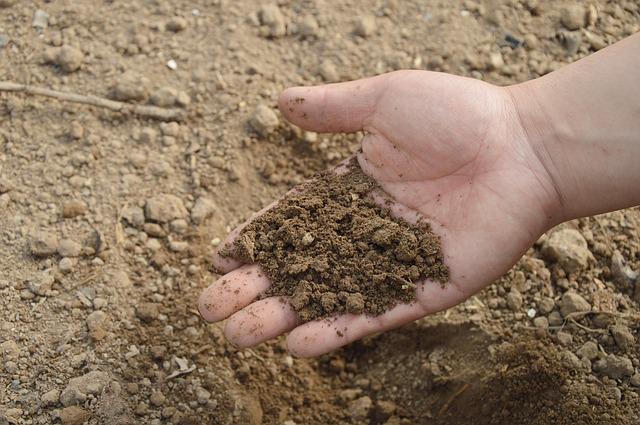With the current unforgiving economy, many homeowners find it difficult to afford fresh vegetables and fruits. However, we do have the option to grow them ourselves in our own home garden. In fact, you can save a lot of money by starting a garden right in your backyard. Many people new to home gardens find it difficult to know where to start. Here, we will share a few tips on how to start a garden in your backyard and ensure it is productive.
Tip 1: Understand Your Garden
The first thing to do is study and understand your garden. You need to know what types of plants you can successfully grow in your garden. Certain soil types can support the growth of some vegetables only to be non-conducive for other varieties. The best way to know the plants your garden can support is to perform a soil test. If you have no expertise in testing soil, then you can consult a professional.
The location of your home garden is also important in relation to the direction of the sunlight. Since all green plants need sunlight for photosynthesis, it is important that you locate your garden in a place that receives adequate sunlight for the better part of the day. This also depends on the plants you intend to grow since some species may not do so well in very hot conditions.
Tip 2: Know the Gardening Tools You’ll Need
Once you pick the right area for starting your garden, the next step is to gather all of the garden tools you will need to prepare the garden and maintain your crops. The universal tools you’ll need include a rake, a tote, a shovel, a trans-planter, a weeding fork, pruners, gloves, and a trowel. If possible, provide additional gloves for family members who might be eager to lend you a helping hand.
Tip 3: Start Small and Slow
You may find it overwhelming to manage a large home garden if you are not experienced. Start with a small area and a few plants. This way, you can employ all of the necessary farm practices and learn in the process. You can perform research on different home garden plants before you plant them to know the necessary requirements to ensure optimal productivity.
Tip 4: Improve Soil Fertility
It is possible that your soil is lacking in micro or macronutrients. Depending on the soil test results, you will know for sure what nutrients your soil needs so that you can choose the right fertilizer to use once you decide to start planting. Another aspect you need to consider is drainage. You need to start your garden in well-drained soil. Otherwise, you will have to create raised beds where you plant your vegetables.
Tip 5: Provide a Water Source
Water is the lifeline of all plants although each plant may require a specific amount of water for optimal growth and productivity. It is important that your garden be situated close to a water source. A mistake many home gardening beginners make is over-watering. Plants need adequate water – not too little, or too much!
Conclusion
Starting a home garden in your backyard is not that difficult. If you follow these tips and do some additional research, you will soon be enjoying fresh vegetables right from your own backyard. Just remember to start small so that you learn how to take good care of your plants. Even the best gardeners started somewhere. You will do just fine if you tend to your soil, provide adequate water and use the right techniques.
Photo Credits
Photos are from pixabay and pexels – Creative Commons
Guest Author Bio
Angela Williams
My name is Angela Williams, I am the founder of outdoorgardencare.com. I adore gardening and I really enjoy investing almost all of my time in my garden.
Recent Guest Author Articles:
- Home Is Where the Health Is: Simple Shifts for a Happier You
- Why Speed and Reliability Matter for Business Connectivity
- How Does Ultrasound Therapy Enhance Skin Firmness Without Surgery?
- From License to Lifestyle - How State Choice Impacts Nursing Journeys
- Your Online Reputation Is Everything (Here's How to Build It Fast)






Starting a garden isn’t hard, but you do need to first make sure that you have all of the fundamentals in place. This post details them all brilliantly, and they’re very easy to follow!
Soil fertility is so important, and something that I need to look into more, so thank you for giving me that push 🙂